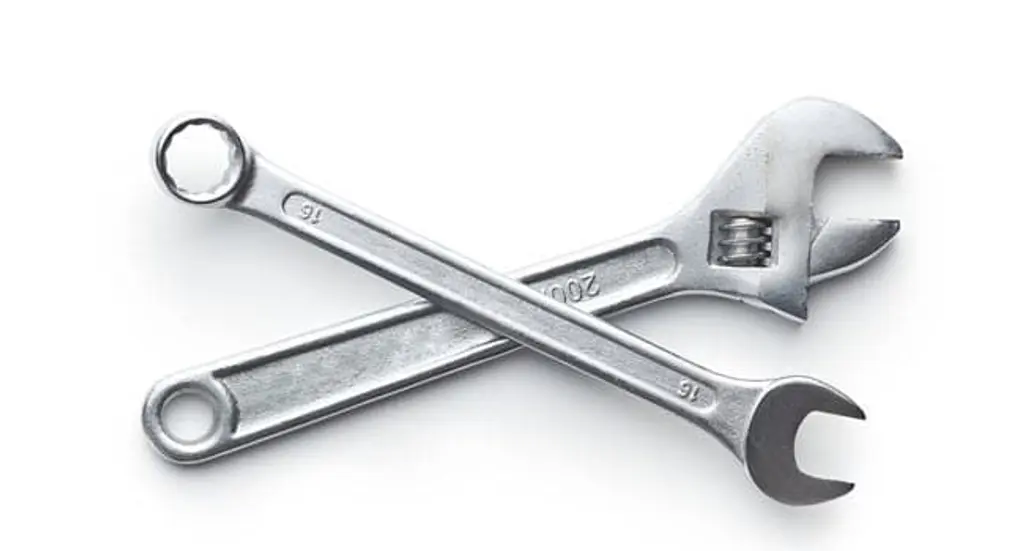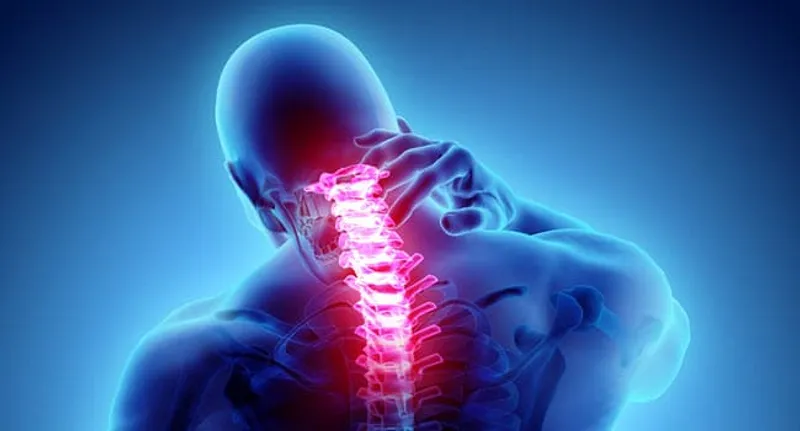
Have a pain problem and wondering if yoga can help? I understand – not just as a doctor, but also as a patient.
I took up yoga when I was struggling with a knee problem, well over a decade ago now. While I initially experimented with yoga with the hope that it would improve how my knee felt, I soon discovered that it could help me in much bigger ways, including bettering my mood, teaching me to better manage stress, and just plain helping me smile after a rough day. Frankly, I have found yoga to be so impactful that I can’t imagine going without it – and yes, it did seem to reduce the pain in my knee.
Yoga’s popularity in the U.S. has grown rapidly over the last decade. An estimated 36 million Americans now practice yoga regularly, and about one in three have tried it at least once. While yoga is most popular with younger and middle-aged women, the number of men practicing yoga has more than doubled in the last several years, and those 50 and older with a yoga practice has tripled during that same time frame.
But how exactly does yoga fit in to building a better pain management strategy?
Pain relief
There’s growing evidence that yoga may be helpful in a wide variety of pain scenarios – arthritic knees, aching necks, fibromyalgia, and headaches. Perhaps the strongest evidence of yoga’s effectiveness is in the treatment of chronic low back pain. A number of studies have found yoga effective in reducing back pain, and in at least one study, patients practicing yoga were able to reduce their use of pain medications. Recent evidence-based guidelines from the American College of Physicians strongly recommend yoga for treating low back pain.
Function
Research also seems to indicate that yoga has the potential to improve function with daily activities. A regular yoga practice can increase strength in the legs, upper body, and core, while also improving flexibility and balance, which are especially important for seniors. A number of studies have found that both low-back pain patients, as well as arthritis sufferers, become more active when engaged in a yoga practice.
Well-being
Yoga can also offer some indirect relief by boosting a better sense of well-being, helping reduce stress, and increasing optimism and resilience. Studies also suggest practicing yoga can be associated with other healthy lifestyle habits, like quitting smoking, eating healthier, and losing weight. Yoga also holds mental health benefits; research shows that it can play a helpful role in treatment plans for depression and anxiety.
But incorporating yoga into a pain management program can be a bit tricky, and I recommend you first talk to your physicians and physical therapists before getting started. There can be a lot of bending in many typical yoga classes, which can be problematic for back and neck pain sufferers. Poses that require being on all fours, like a plank position or the traditional downward dog pose, can over-stress a symptomatic shoulder problem. And for those with knee problems, squatting and kneeling can be hard to handle. The good news is that most yoga movements and poses can be modified or altered in some way to avoid flaring up or aggravating a symptomatic part of the body. Some yoga studios even offer classes that can be done while sitting in a chair for those who need that type of accommodation.
I like to think of yoga as something therapeutic for both the mind and the body, as opposed to viewing it as merely exercise. If you are new to yoga, it may seem a bit intimidating figuring out where to start, especially since there are so many different types of yoga. Names used to describe practices that are more movement-based include Ashtanga and vinyasa, while other versions, like yin, iyengar, and restorative, are more focused on alignment and holding postures. Make sure to verify ahead of time if a class is going to be held at room temperature or will be heated, and always start with a class that is geared toward beginners. Seek out yoga teachers that like to give students personal attention and want to help them modify poses. And, if you have the means, you may want to start with a few private lessons.
And above all else, make sure you have some fun!
Important:The opinions expressed in WebMD Blogs are solely those of the User, who may or may not have medical or scientific training. These opinions do not represent the opinions of WebMD. Blogs are not reviewed by a WebMD physician or any member of the WebMD editorial staff for accuracy, balance, objectivity, or any other reason except for compliance with our Terms and Conditions. Some of these opinions may contain information about treatments or uses of drug products that have not been approved by the U.S. Food and Drug Administration. WebMD does not endorse any specific product, service or treatment.
Do not consider WebMD Blogs as medical advice. Never delay or disregard seeking professional medical advice from your doctor or other qualified healthcare provider because of something you have read on WebMD. You should always speak with your doctor before you start, stop, or change any prescribed part of your care plan or treatment. WebMD understands that reading individual, real-life experiences can be a helpful resource, but it is never a substitute for professional medical advice, diagnosis, or treatment from a qualified health care provider. If you think you may have a medical emergency, call your doctor or dial 911 immediately.









